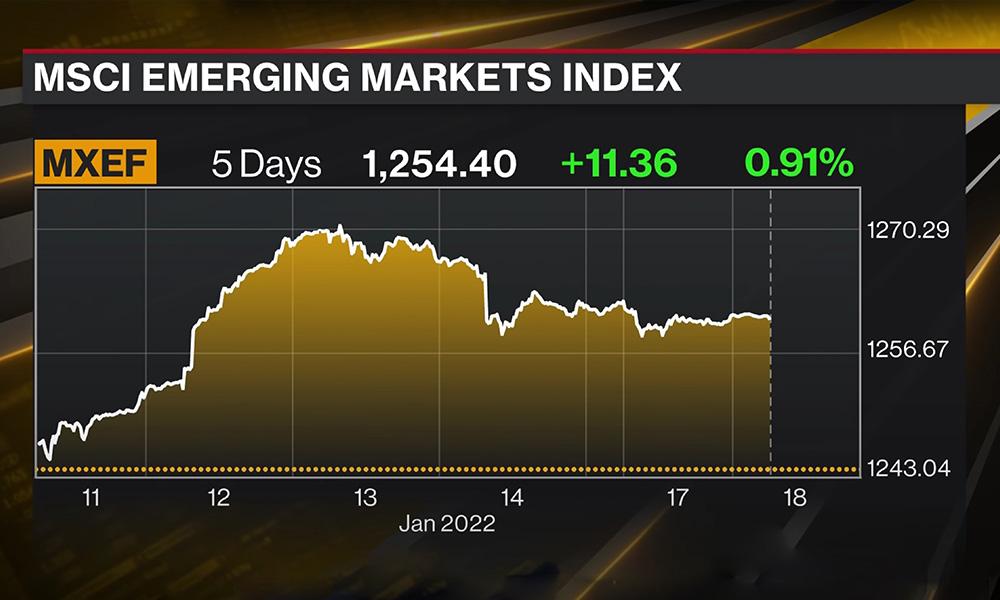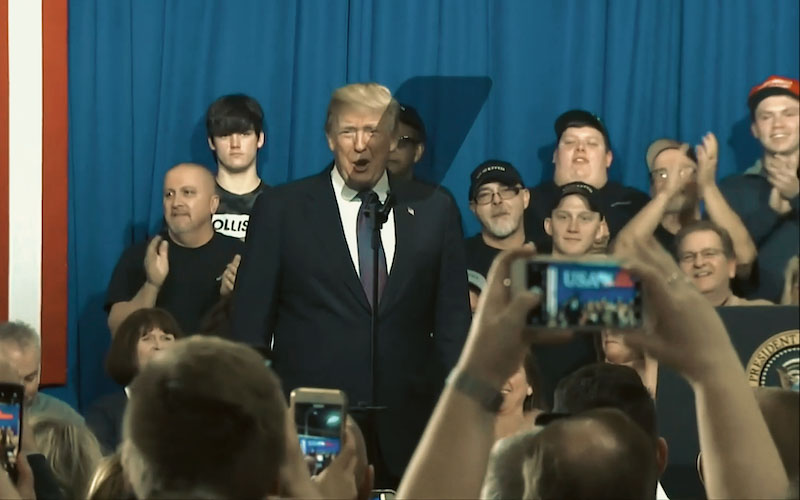The underlying logic behind the weakening of the US dollar
2025-07-01 21:15:22

The direct cause of the continued downward trend of the US dollar comes from the repricing of monetary policy expectations. The CME FedWatch tool shows that the market's expectation of the Federal Reserve cutting interest rates three times in 2025 has risen from 29% a month ago to 49%. Among them, the probability of lowering interest rates to the range of 4.00%-4.25% in the July meeting is 21%, while the probability of a rate cut in September is as high as 75%. The market generally believes that the slowdown in US economic momentum, weaker inflation and a weakening labor market have jointly driven this change. Analysts pointed out that this policy expectation has dominated the recent downward trend of the US dollar.
Policy uncertainty intensifies, weighing on dollar confidence
In addition to the repricing of the interest rate path, policy uncertainty and political risks have also become important sources of pressure on the US dollar. In April, the US government announced a new round of extensive tariff measures. Although the average tariff was ultimately 13%, lower than the expected 20%, market concerns about future policy trends have increased significantly. The current 90-day tariff suspension will expire on July 9, and whether the measures will be extended or upgraded will become an important variable affecting the market.
At the same time, the Fed's internal policy stance has become increasingly divided. Although Chairman Powell reiterated his independence at the Senate hearing on June 24 and insisted on a "wait-and-see" strategy, the market still has doubts about whether he can maintain a neutral stance in the face of political pressure. President Trump continues to pressure for a more radical path of interest rate cuts, and this uncertainty in policy direction has begun to affect market confidence. Analysts believe that if the independence of the Fed is further questioned, it will have a continued negative impact on the US dollar.
Investment banks adjust forecasts, dollar pressure will continue
The adjustment of investment institutions' expectations reflects the market's change in judgment on the future path of policy. Goldman Sachs predicts that the Federal Reserve will cut interest rates by 25 basis points in September, October and December 2025, and will continue to cut interest rates twice in 2026, lowering the terminal interest rate to the range of 3.00%-3.25%. The basis for this is that the transmission effect of tariff inflation is limited, and the weakness of the labor market will continue. Citigroup, UBS and Wells Fargo all hold similar views, among which UBS expects a cumulative interest rate cut of 100 basis points this year.
Analysts pointed out that although changes in monetary policy can ease the pressure of economic slowdown in the short term, they may also increase the structural downside risk of the US dollar. As the interest rate advantage weakens, the attractiveness of the US dollar to global capital declines, especially against the backdrop of doubts about policy transparency and medium- and long-term growth prospects, the market has begun to re-examine its allocation strategy for US dollar assets.
Structural capital flows change, and the core advantage of the US dollar is shaken
In addition to short-term policy factors, the US dollar also faces deeper structural challenges. For a long time, the strength of the US dollar has been based on "American exceptionalism", that is, strong economic fundamentals, a huge capital market and technological leadership. However, analysts believe that the current high US fiscal deficit, intensified trade protectionism and rising political uncertainty are eroding its global appeal.
In this context, European and Japanese assets are favored by more international funds because of their reasonable valuations, relatively clear policy paths and stable macroeconomic environment. The rise of the euro against the US dollar to a nearly four-year high reflects the market's reassessment of Europe's medium-term growth prospects. Analysts point out that this structural capital reallocation process may be one of the core forces driving the continued weakening of the US dollar, especially when traders seek more predictable allocation targets.
Outlook: The medium- and long-term weakness of the US dollar may be difficult to reverse
Although the US dollar is currently oversold from a technical perspective and may rebound in the short term, analysts generally believe that the medium- and long-term trend is still difficult to reverse. If the Fed continues to lack consensus, the policy transmission mechanism encounters a trust deficit, or fiscal and trade policies continue to cause concerns among foreign investors, the weak structure of the US dollar will continue until 2026 or even longer.
Analysts believe that in the coming months, several key variables will determine the trend of the US dollar: first, whether non-farm and inflation data will continue to be weak; second, whether Powell can maintain policy independence; third, whether tariffs will be upgraded in July; and fourth, whether global funds will continue to flow to the European and Asia-Pacific markets. Analysts believe that in the current complex macroeconomic environment, flexible response and asset diversification will become the core strategy for dealing with US dollar fluctuations.
- Risk Warning and Disclaimer
- The market involves risk, and trading may not be suitable for all investors. This article is for reference only and does not constitute personal investment advice, nor does it take into account certain users’ specific investment objectives, financial situation, or other needs. Any investment decisions made based on this information are at your own risk.










